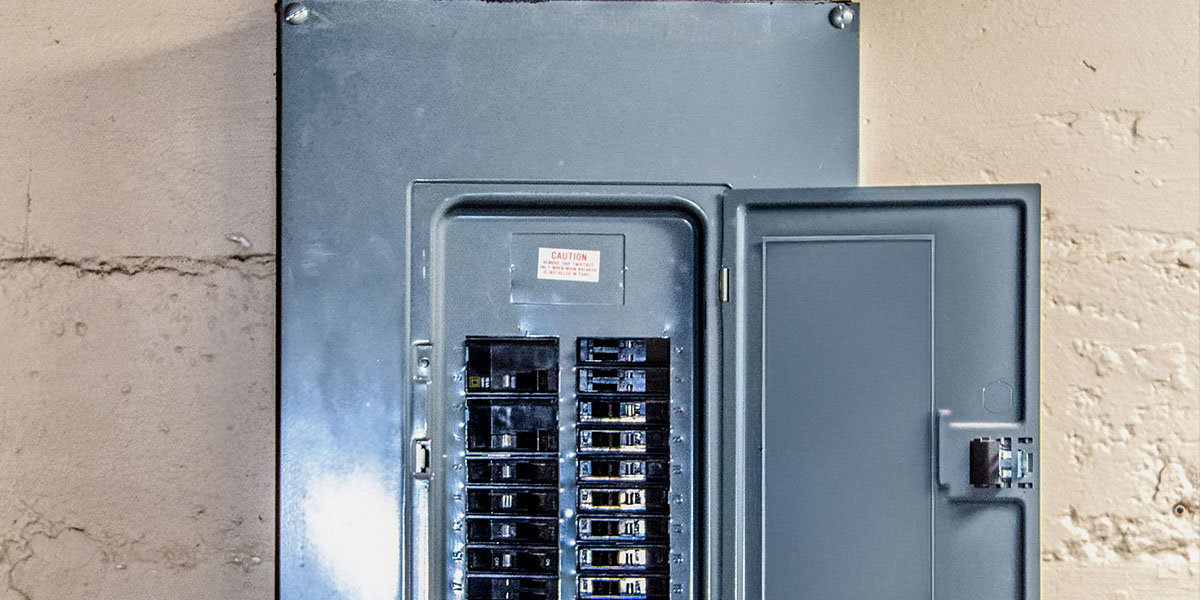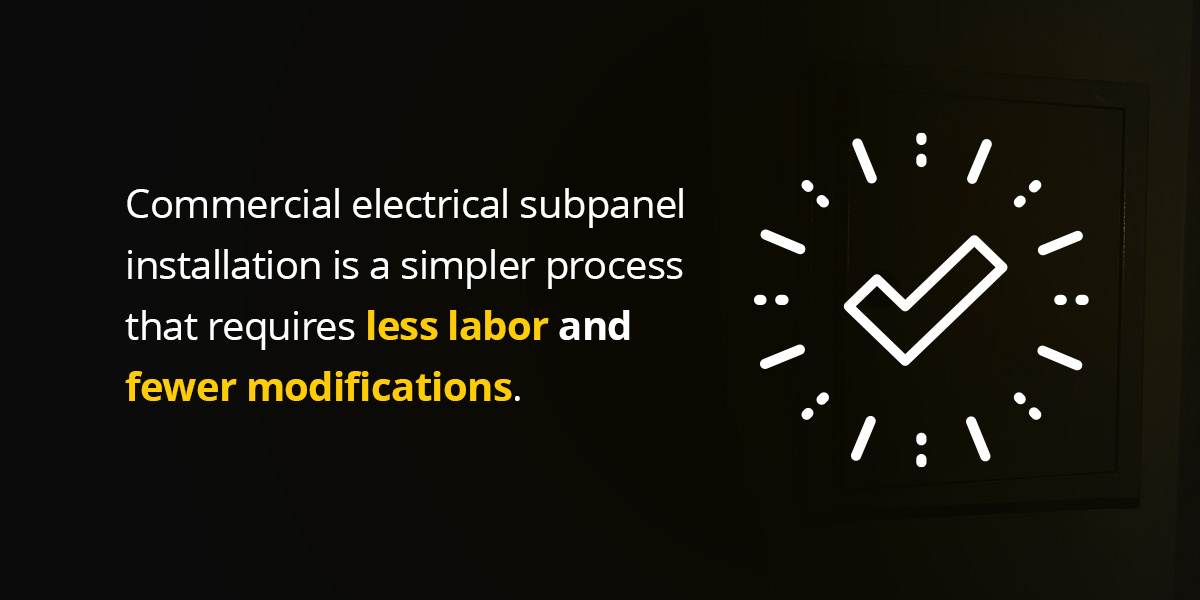

If you own or manage a building or you’re planning to build one, you need to know how the electrical system works. One of the most important parts of that system is a subpanel, which professionals may refer to as a “satellite circuit breaker panel” or “service subpanel.” This smaller electrical panel helps distribute power more efficiently. Instead of relying only on the main panel to handle all the electricity in a building, subpanels take some of the load and send power to specific areas.
Keep reading to discover how electric subpanels work, their benefits and why they’re essential for large building projects.
An electrical subpanel is a secondary control center that distributes power to different areas within your property. These panels are usually located in areas of the building that need additional power. Their primary function is to reduce the electrical load placed on the main breaker panel within a building.
An electrical subpanel is a smaller version of the main electrical panel. The key difference lies in the panels’ connection to the power source. While the main panel receives power directly from the utility company, subpanels operate off the main panel’s power.
Think of the main panel as a city’s main road. In this case, the subpanels would be the smaller roads that lead to different neighborhoods. With each subpanel controlling its own circuits, managing electricity in the building becomes more manageable. These additional panels are essential for buildings with areas that have different power needs.
The main breaker in a subpanel is connected to the main electrical panel through a feeder wire. This feeder wire supplies power to the subpanel, which distributes electricity where needed, allowing for a more organized and efficient power distribution throughout the building.
Like the main panel, subpanels have a main breaker and individual circuit breakers. However, they have a lower amperage capacity. For this reason, they’re used to distribute electricity to specific areas of large buildings without overloading the main panel. If an issue arises, you can use the subpanel to shut off power to just that area instead of the entire building.
Adding a breaker box subpanel in designated areas of your building can provide numerous benefits, particularly when it comes to safety. Here are some of the top advantages of installing subpanels in large commercial buildings:
Large buildings use a lot of electricity. Subpanels help distribute power evenly, reducing the risk of overload. For example, if you have an office building with a kitchen, conference rooms and workspaces, you can install separate subpanels for each area. That way, when someone plugs in a coffee maker in the kitchen, it doesn’t affect the computers in the nearby workspaces.
However, it’s important to note that overloading an interior subpanel is still possible, so it’s important not to use more electricity on a circuit than it can safely handle.
According to the U.S. Fire Administration, electrical fires caused over $1.2 billion in property loss in 2021. Overloaded circuits are one of the most common causes of electrical fires. When you add a subpanel to a breaker box, you can prevent overloading by dividing up the electrical load.
Subpanels also make it easier to isolate problems. If an electrical issue arises in one section of the building, you can shut off power to just that subpanel while keeping the rest of the building running smoothly. This makes troubleshooting much easier and safer.
Many people assume they must upgrade their main panel or breaker box if they need more power. In many cases, adding a subpanel is a more affordable but still effective solution.

Upgrading a main panel usually requires rewiring large sections of the building. Commercial electrical subpanel installation is a simpler process that requires less labor and fewer modifications. For example, if you’re adding new office space, a subpanel can handle the extra power demand without necessitating a complete electrical overhaul.
Subpanels don’t just help distribute electricity — they can also help save energy. They reduce energy waste and help keep energy costs down by directing power exactly where it’s needed.
This efficiency is instrumental in buildings with high-energy equipment, like HVAC systems, elevators, or industrial machines. If you’re running multiple air conditioning units, each can be connected to its own subpanel. As a result, everything will run efficiently, preventing unnecessary power waste.
Subpanels simplify electrical work. If one section of the building needs new wiring, outlets, or lighting, electricians can work on that subpanel alone, and the rest of the building can continue using power.
Easy maintenance is a significant benefit for businesses because it minimizes downtime. Instead of losing power to the entire building, only the affected area will be impacted, allowing the rest of the operation to continue as usual.
Managing wiring in a large building can be challenging if everything runs through the main panel. Subpanels help keep wiring and other components organized by grouping circuits based on function or location. As a result, future repairs and upgrades become more effortless. If a new section is added to the building, connecting it to an existing panel is simpler than trying to fit more circuits into the main panel.
Electrical codes exist to keep buildings safe. Many local building codes require proper power distribution, especially in large commercial spaces. Subpanels help meet these requirements by preventing overloads and ensuring power is evenly spread out.
Working with a licensed electrician ensures your system is set up correctly and follows all safety regulations, which helps you avoid fines and potential hazards.
As businesses grow, their electrical needs change over time. Subpanels provide flexibility by allowing you to add more circuits without having to replace your main panel.
If your company expands and adds more offices, equipment, or workspaces, a subpanel can handle the extra power demand without causing issues for the rest of the system. This flexibility makes subpanels a wise long-term investment.
Electric subpanels are a game-changer for large buildings. They keep power running smoothly, improve safety, save money and help prevent overloads. Plus, they make maintenance easier, keep wiring organized and allow for future expansion. However, in the event of a power failure, having a reliable backup power source is crucial to maintaining operations.
At Thompson Power Systems, we recognize the importance of a dependable backup generator to keep large buildings running smoothly during outages. With a legacy of over 65 years providing critical power solutions in Alabama and Northwest Florida, we specialize in offering top-of-the-line generators and power systems from Cat® and other leading brands. Our comprehensive range includes diesel, gas and mobile generators, as well as microgrid and reciprocating generator systems to suit various budgets and requirements.
Contact us today to learn how we can optimize your building’s electrical setup.